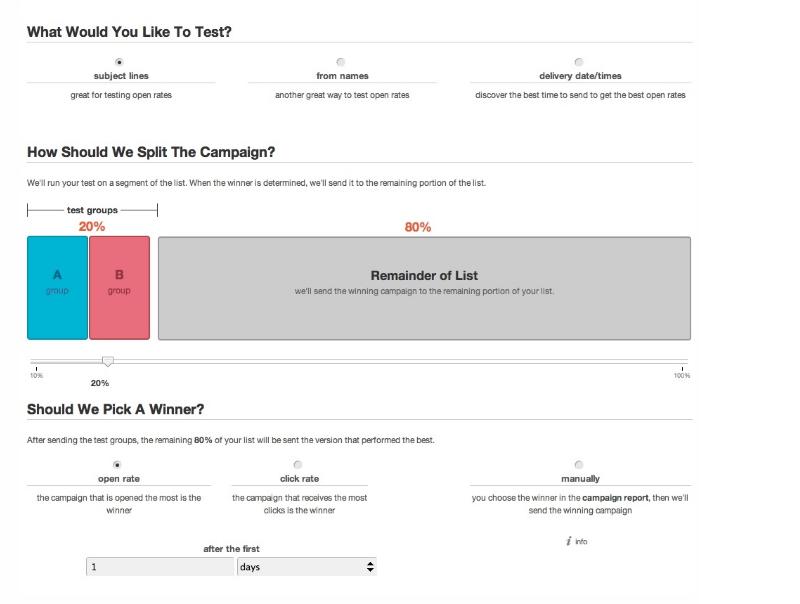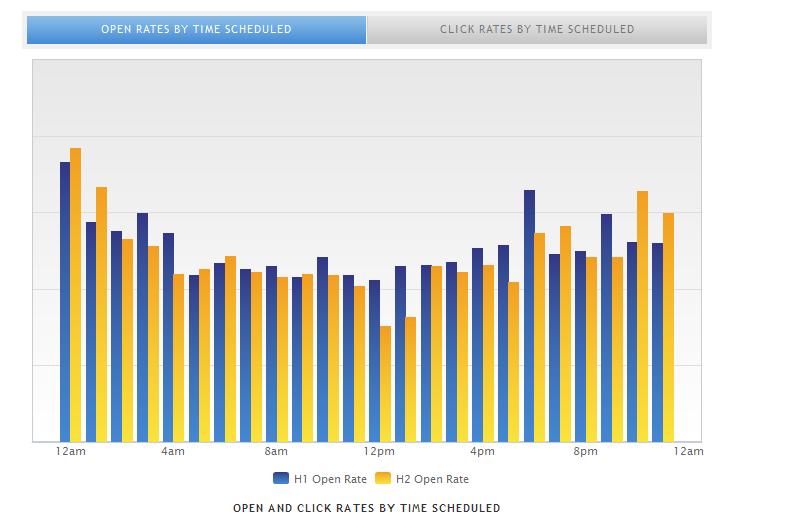Social media gets a lot of buzz as the cool, exciting way to do marketing.
I get it. I’m a social media nerd. Tools like Facebook, Twitter and LinkedIn give us a way to connect with others faster and more efficiently than ever, and they’re growing like crazy.
Mashable reported that Twitter had 200 active users in December, double what it had in September 2011. That’s on par with LinkedIn’s 187 million monthly active users in November, but still well behind Facebook, the 800-pound gorilla with more than 1 billion monthly active users as of October.
But a spring 2012 study by Ipsos found that 85 percent of online-connected global citizens in 24 countries use the Internet for emails while 62 percent use it for social networking. Email still has the edge.
If you want to reach people who aren’t on social media, or people who have social media blocked at work, or if you just want to be in full control of your content and not have a 140-character limit, don’t give up on email marketing yet.
To do email marketing well, here are five things to consider:
1. What’s the goal of your email?
Why do you want to send your customers an email? What would be your perfect result?
Try to drill down on one specific goal — to book more reservations for Monday nights or to sell more of this particular product — both so you can write a clear, compelling message and so you can measure its results.
StrongMail says:
Consumer attention is hard to attract and keep, so instead of trying to pack as much information and call-to-action opportunities in your promotional content as possible, shift to create clear, single-focused messaging that speaks to the identified stages in the buying process for your product or service.
Create scannable content. Content needs to be easily read on multiple devices: in email, on your website or social media sites. The primary purpose or call to action needs to be easily identified and understood within the first page without having to scroll down several pages, so consumers know what you want them to do and can take action.
Sure, you can add some related thoughts, like a reminder of your new expanded hours or that you have an improved website, but try not to confuse or distract from your one main goal.
2. What’s the subject line?

Have you ever been dying to open an email with the subject line “XYZ Corporation’s February newsletter?” Me, neither — that’s the company’s view of its monthly newsletter but it has nothing to do with what excites me when it hits my inbox.
I like subject lines that focus on what the recipient wants: information, tickets, photos, exclusive access, you name it. It shouldn’t sound smarmy, but it should give me a reason to pick your email out of the hundreds I get to actually read it. Make me feel good about my decision to give you my email address.
MailChimp gives pointers on writing good subject lines — and makes it easy to experiment with its A/B test tool, in which you write two subject lines, it sends some of each to a sliver of your list then it can send the winner to the rest.
Watch out for words like “free” and “sex” that will trigger spam filters.
More on subject lines from WPromote and AWeber.
3. When should you send it?

You can find mountains of data around what works best for email marketing on average. For example, MailerMailer’s Email Marketing Metrics Report analyzes more than 1.2 billion opt-in email newsletters from 80,000 newsletter campaigns to find that email open rates are higher earlier in the week, messages scheduled between roughly 4 p.m. and 4 a.m. get higher open rates and messages scheduled between about 4 p.m. and 8 a.m. get more clicks.
What does that mean for you?
It could mean that sending an email at 1 a.m. Tuesday will lead to better results.
But do you have recipients in numerous time zones? Maybe that will affect your results.
Are your customers in an industry with non-standard work hours — are they musicians or doctors or chefs, who don’t work a typical 9 to 5 shift? Their email habits could be very different.
You might experiment with the times that work best on average, but then adjust based on what you know about your customers.
More about timing from Deliverability.com and from Dan Zarrella’s Science of Timing
4. Is it mobile optimized?
Have you looked around lately and noticed that every single person seems to have some kind of device in his or her hands — an iPhone, an Android, an iPad, something?
EmailMonday shared these two stats:
More email is read Mobile than on a desktop email client or via webmail. Stats say 43% of email is now opened on a mobile device Litmus –”Email Analytics” (December 2012)
78% Of US Email Users Will Also Access Their Emails Via Mobile By 2017 – Forrester Research “Email Marketing Forecast 2012 – 2017″ (2012)
So make sure you’re testing your emails on a phone. Does the formatting work? Does the length seem overwhelming when you aren’t reading it on your big desktop screen? Do the call to action buttons show up?
5. How will you know if it worked?
Here’s where it pays off to use an email service like Constant Contact or MailChimp, instead of just pushing messages from Outlook or Gmail — you can see how well each email performed.
For example, a Constant Contact blog post headlined Learning from Email Metrics points out you can analyze:
- the percentage of recipients who opened your email
- the number of people who clicked on a link from your email
- how many people are sharing your email on social networks and on which ones
- how many email addresses on your list failed
- how many recipients unsubscribed
It also notes:
your email metrics are a little like stocks that you own — you don’t want to fret over them every day. Set aside a few minutes every couple of weeks to look at your stats, look for overall trends, and check on what type of things are engaging readers.
Colleen Newvine Tebeau is a former reporter and editor who then earned her MBA at University of Michigan with emphases in marketing and corporate strategy. She is a marketing consultant who helps small and midsized organizations with strategy and tactics, including social media and communications.
[youtube=http://www.youtube.com/watch?v=jGjaUxuvcvI]


Leave a reply